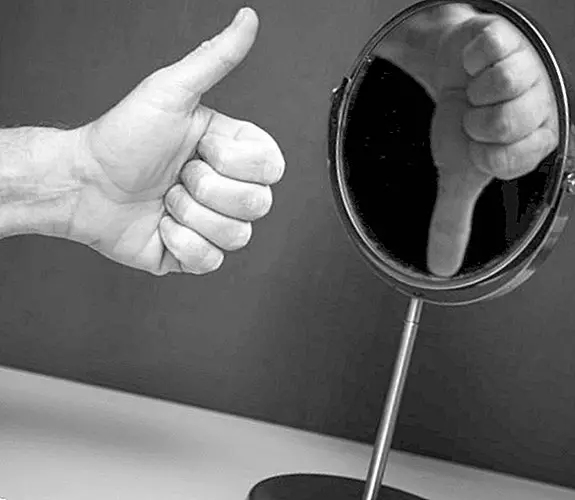Walk or run?
For those who practice physical exercise with some regularity, or even for those who consider the possibility of starting to practice it daily or occasionally (several times a week), it is normal that at some point we face the one we could consider as the eternal question: What is better and more appropriate? Walk or run?. The main reason why these two issues always tend to be so common is related to the existing doubts about whether one option is healthier than the other, if it hurts the joints less and which loses more or less.
First of all we must have a clear fundamental issue: both walking and running are aerobic exercises. That is, they are physical exercises of medium or low intensity, which have a longer or shorter duration. These exercises are indicated when our body needs to burn fat and carbohydrates for energy. And this could not be achieved if I did not have oxygen. In short, they are the most suitable for both control and weight loss, being recommended in weight loss diets.

Now, being clear that both running and walking are part of the group of aerobic exercises that we could practice every day (as other interesting options, such as swimming, cycling ...), the question remains obvious: what option to choose, and What are your main differences?
Main differences between walking and running
- The physical effort: The main difference between both options is found in the physical effort that we must carry out at the time of practicing this exercise. And is that while walking is not required or really need much effort, to run properly if you need to make a much greater effort.
- The time spent: Depending on the objective that we pursue when practicing physical exercise, the time we dedicate in the activity must be greater or lesser depending on the type of exercise that is going to be carried out. For example, if we tend to run for 30 minutes and we do it regularly without losing the rhythm, we must walk for at least 1 hour (at an accelerated pace, with constancy and without stopping), to achieve the same results. However, we must bear in mind that the final result for both the joints and the muscles will not be the same.
- Exercise and movement is not the same: While we run the race tends to run as a sequence of alternating steps of the two legs (support, impulse and recovery), when we walk a foot is always in contact with the ground.
What option to choose? Running or walking?
Basically choosing between one or another option will depend on the objectives we seek, our needs and, above all, our own possibilities.

Yes we can find a series of determined questions that, in short, help us choose one or another option:
- An activity full of physical and mental benefits: many scientific studies have verified the different qualities and benefits that ns brings the practice of regular exercise and regularly. In this sense, both running and working helps us improve our physical condition and our own health, gives us greater aerobic capacity, more muscle strength and is ideal when maintaining an adequate weight or lower it in case of being overweight or obese. They also improve blood circulation, increase defenses and strengthen our immune system. On the other hand, it is also ideal in case of diabetes or osteoporosis. In addition, they help us to feel better from a mental and emotional point of view, away from depression, anxiety and stress.
- They do not have any kind of cost: Actually we could say that the cost is very little, almost nil. We only have to take into account the use of appropriate footwear and clothing. Little more.
Why choose to run
- To lose weight faster: in this case the best option is to run, since it tends to consume more calories than walking. Of course, walking vigorously, at a high level of heart rate, could give us almost the same results as running.
- Your results are faster ... but: it is true that when you run and go faster you get results equally faster. Of course, going at a slow but steady pace will also end up leading to the same point.

Why choose to walk
- To injure you less: since the flight phase does not occur when walking, less impact is generated, and therefore less load on our joints. In fact, when running the joints of the legs they carry a load of between two and three times the body weight at each step. Hence, people routinely present a higher risk of developing osteoarthritis in the future.The result is more than evident: the number of both muscular and skeletal injuries associated with running is reduced.
- It is easier: there is no doubt that anyone can walk. It does not require any kind of physical preparation, nor any kind of previous training. However, running does require a type of physical preparation, especially when it comes to keeping pace and perseverance.
- It is the first step: many studies have been able to verify that walking becomes the first step for the beginning of any other type of physical activity. In fact, it is very common for a person who has started walking to choose to run with the passage of time.
- It is better for certain diseases: some studies have been able to confirm that walking is a little better for cholesterol, coronary disease and hypertension.
Images | Steve Garner / Aaron / Robin McConnell
ThemesExercise



